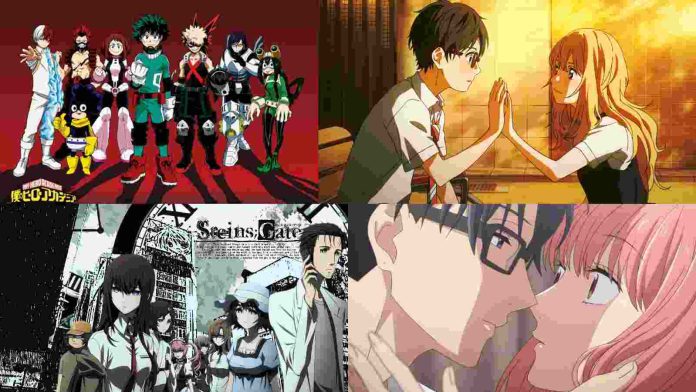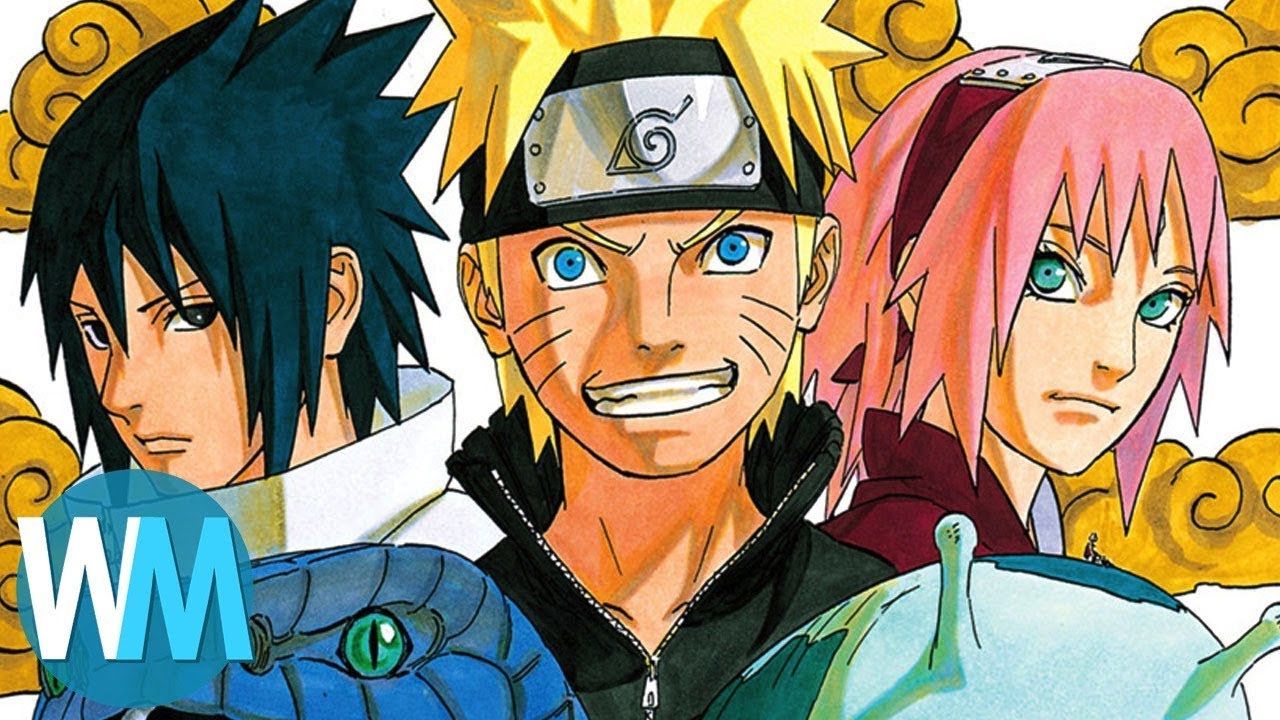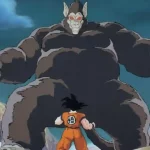For new viewers, categories of manga and anime can be intimidating, especially with all the various Japanese terms that are used. While long-time anime viewers may readily distinguish between Shonen and Shoujo, newcomers may find it challenging to keep up. Some people believe that manga is a genre in and of itself, although manga is actually a medium and merely a subset of many stories in many genres.
Here, we’ll help you make sense of the various categories and labels given to anime and manga around the world. Here are the four primary categories of manga and how to recognize each one.
Read More: ‘Naruto’: Who’s Itachi’s Lover? Did He Kill Her?
Shonen
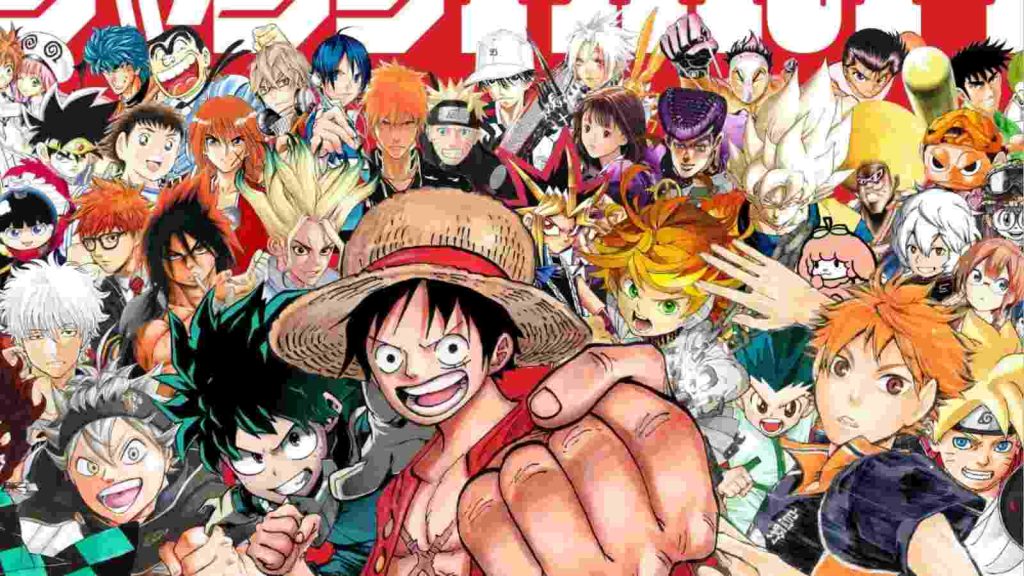
The Japanese term “shonen,” which translates to “few years” in English, designates a younger male audience. Shonen anime typically aims to appeal to young men’s diverse interests. The protagonist of the majority of the series is a young boy. Due to the fact that they feature a variety of themes, shonen anime has some of the most well-known and well-known franchises. Action, adventure, fighting, drama, comedy, and coming-of-age themes are all present.
Some popular Shonen anime are ‘One piece,’ ‘Naruto,’ ‘Attack on Titan’.
Seinen

The term seinen, which translates to “young man” in English, is intended for male viewers who are young adults or older. Although more advanced than shonen, seinen anime frequently have the same themes and plots as shonen. They appeal to a more mature audience because they are more intensely violent, sexual, sarcastic, or psychological. From CEOs to high school students, it is well-liked.
Some popular Seinen anime are ‘Tokyo Ghoul,’ ‘Steins gate,’ and ‘Higurashi’
Shoujo

The opposite of shonen is thought to be shojo. The main target market for shojo manga is teenage girls between the ages of 12 and 18, while older females and males can also enjoy it. This area typically appeals to young girls’ interests in magic, romance, and fashion. Shojo, however, encompasses a wide range of sub-genres and is not just restricted to these themes.
Some popular Shoujo anime are ‘Banana Fish,’ ‘Maid Sama,’ and ‘Fruit basket’
Josei
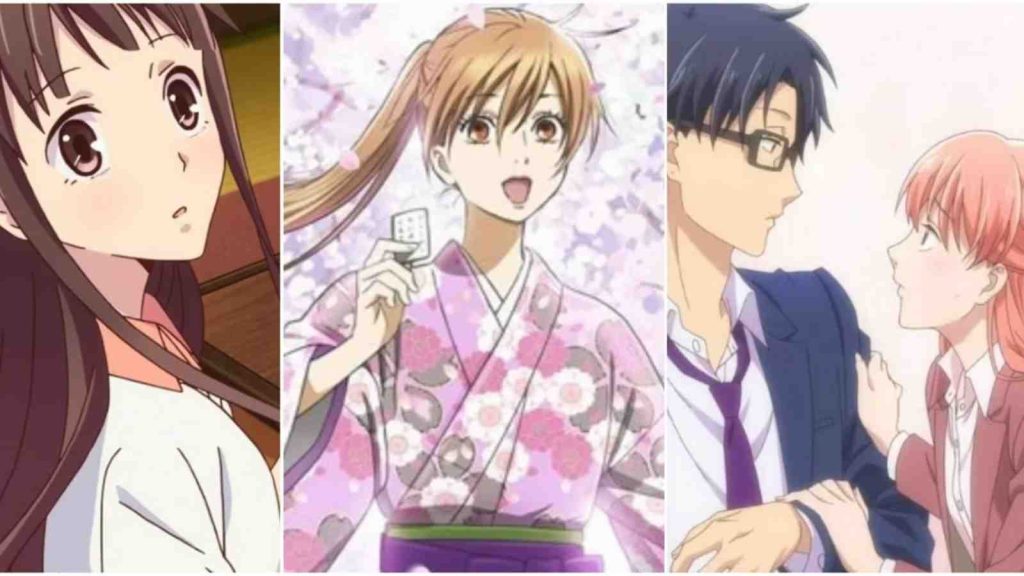
Also called the antithesis of Seinen. Seinen programs are geared toward adult female viewers and place a strong emphasis on romance. They frequently feature adult women and have a more realistic sense than shoujo. Compared to other genres, there are more sensual, passionate, and gloomy themes. They are centered on daily life but can contain intensely dramatic passages.
Some popular Josei anime are ‘Yuri on Ice,’ ‘Chihayafuru,’ and ‘Shouwa Genroku Rakugo Shinjuu’.
Read More: How Did Kakashi Obtain His Sharingan In ‘Naruto’? Why Does He Cover It?

